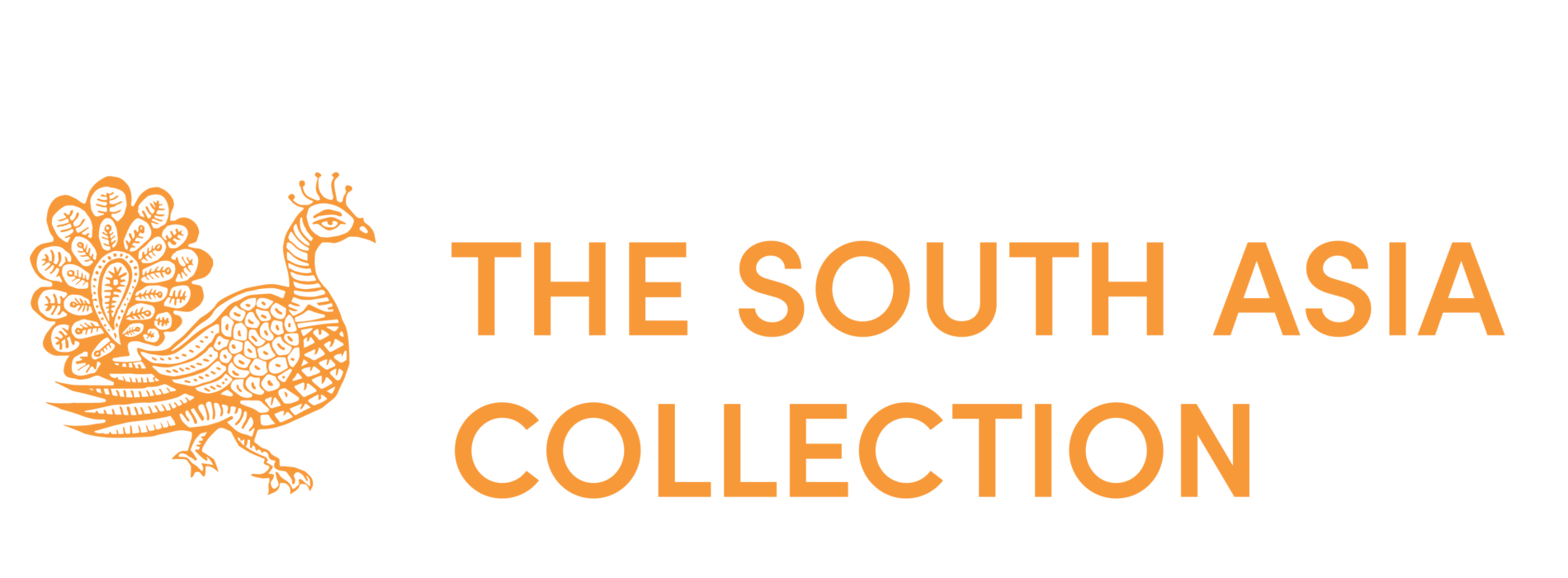
Crafts constitute India’s second largest economic generator. In Kachchh, India’s largest district, in the western state of Gujarat, craft runs parallel with agriculture as the primary economic source. Kachchh is home to 21 types of textile and non-textile craft traditions.
In 2001 a massive earthquake shook the region, resulting in a significant loss of life and widespread destruction including extensive impact on craft livelihoods. This, combined with changing lifestyles, availability of resources, and environmental threats due to climate change, posed an enormous threat to the crafts of the region. Yet the resilience of local communities and the support of several government and non-government initiatives have helped the craft communities of Kachchh to keep their crafts alive.
In this display, we showcase a selection of three textile craft traditions that continue to be practised and celebrated: embroideries, roghan painting, and bandhani.
Embroideries: Cloth and Community
Kachchh is a confluence of various communities, many of whom settled here centuries ago following migrations out of Rajasthan, Sindh, Afghanistan and present-day Iran. Each community has its own distinct style of embroideries with over 40 different types recorded within the region. Mainly produced as clothing and decorative textiles for personal use, Kachchhi embroideries came into the commercial markets in the 1970s and 1980s with government organisations setting out to promote handicrafts. Over the years, especially after the earthquake, many organisations have continued to work with women in the villages who use their embroidering skills as a source of self-employment. Pakko, Neran, Rabari, Ahir, Soof, Kharaak, Node are some of the better-known embroidery styles, each with their own variations.
Women in Kachchh also embroider textiles like quilts and covers, doorway decorations, even covers for water pots and vessels used for decorating domestic spaces.
Roghan: Painted textiles
Roghan is a type of painting tradition practised only in Nirona village in Kachchh. Rogan is characterised by the material used for making the patterns. Safflower, castor or linseed oil is heated over fire for more than twelve hours and cast into cold water to produce a thick residue called rogan. This residue is mixed with oxides or pigments to obtain different colours. The craftsperson applies the rogan on their palm. The paint is carefully twisted into raised patterns using a metal stylus that never touches the fabric. This produces the same effect as embroidery but is less time consuming and makes it more affordable. Practised mainly by the Ahir community, rogan painting is used to make coverlets, wall hangings and canopies, skirt pieces and veil cloths.



